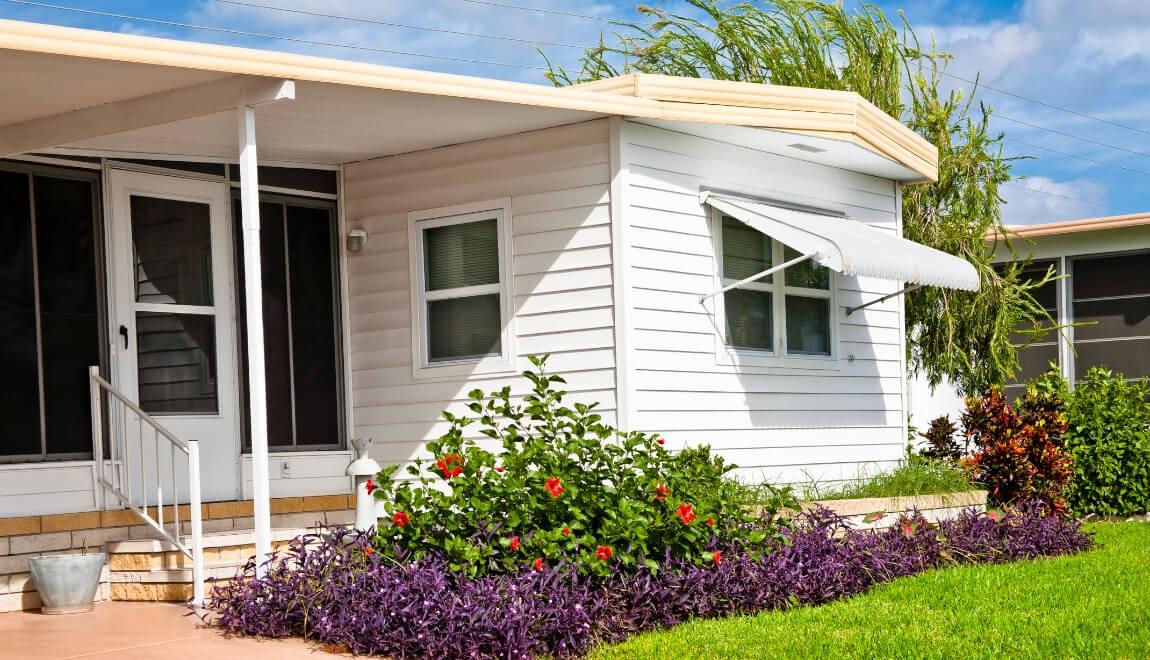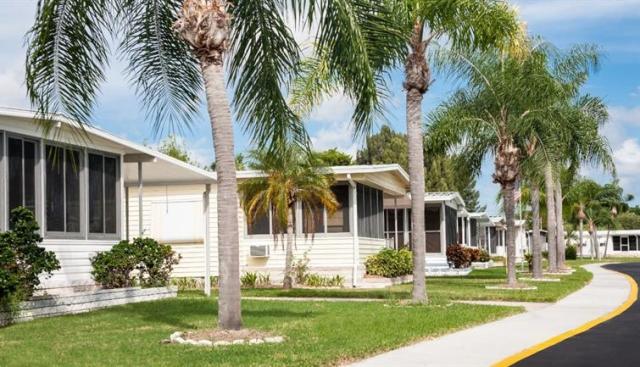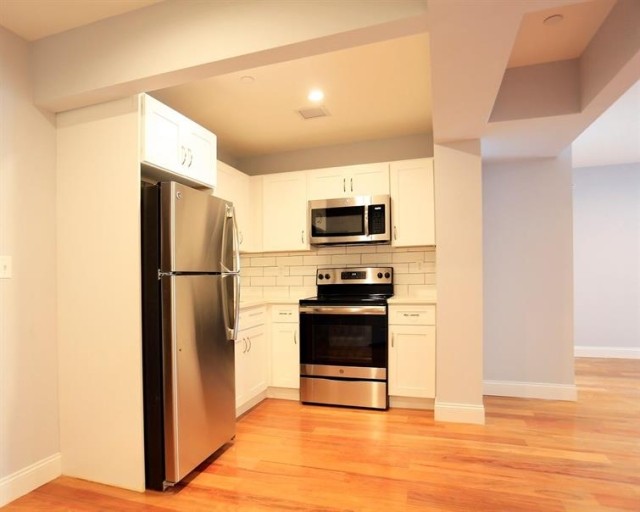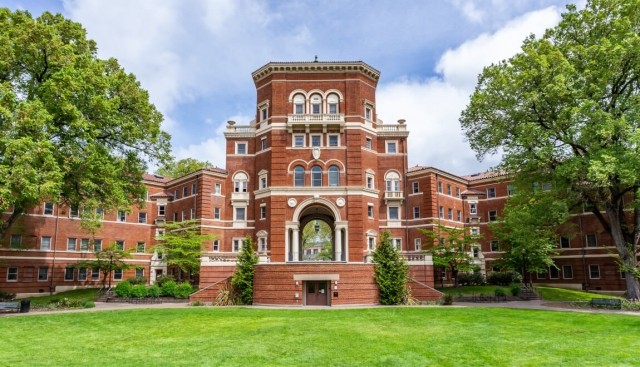Manufactured homes, mobile homes, and trailer homes are often confused with each other. In fact, these types of residences are all different. Manufactured homes, though sometimes associated with the poor reputation of mobile homes from the past, are actually just as reliable and sturdy as traditional homes. They’re also a great option for retirement for multiple reasons.
What are manufactured homes?
Manufactured homes are houses that are built in factories according to federal standards. They are then transported in one or more sections on permanent chassis to their installation sites. Once on site, these homes are anchored to the ground with steel straps attached to steel rods. Manufactured homes are not “mobile homes,” technically or legally.
The history of manufactured homes begins with trailers on wheels that were mass-manufactured in the 1930s and ’40s. In the 1950s, as more of these trailers started to be used as permanent housing, the industry renamed them “mobile homes.” At the time, however, the building requirements for mobile homes were lax.
That changed in the 1970s when the U.S. Department of Housing and Urban Development set national Manufactured Home Construction and Safety Standards. The HUD Code sets standards for factors including fire safety, building materials, windstorm protection, insulation, heating and cooling, plumbing, and electrical systems. The federal agency also oversees standards for installing manufactured homes. So, technically, “mobile homes” were built before June 15, 1976, when the HUD Code went into effect. Houses built after that date are “manufactured homes.” Under the HUD Code, manufactured homes can be indistinguishable from site-built homes.
Why are manufactured homes great for retirement?

For many retirees, housing costs are a concern, and manufactured homes are simply less expensive. You might be on a fixed income, or you might be hoping to get some equity out of your house when you downsize. If you don’t want to rent an apartment, buying a manufactured home could be a good financial compromise. Some retirees even buy manufactured houses as second homes. Though manufactured homes can be rented in some communities, they most often are bought.
Price is the area in which manufactured homes usually win out over site-built houses. For example, a standard house averages about $143 per square foot, depending on location. A manufactured house is just $72 per square foot. But while you can find manufactured homes ranging in price from $86,000 to $160,000 depending on size, there are some other costs you should consider.
For example, many manufactured homes are in land-lease communities designed specifically for manufactured homes. In a land-lease community, you buy the home, but you rent the land it sits on. The monthly rent for a lot varies by location.
Unless you’re buying a pre-existing manufactured home, there are costs involved with delivery and assembly, as well. These costs average about $9,000. Financing is a bit different, as well, so be sure to ask about the process if you’re interested in purchasing a manufactured home.
Why are so many retirees choosing manufactured home communities?
Because manufactured homes are so affordable, they’re cropping up all over as independent living communities for seniors. Since the communities are designed with seniors in mind, they include a variety of safety features already built in, such as walk-in showers, flat thresholds, and hand railings. The communities are often gated, as well, and some have onsite security. Being part of a community with similarly aged neighbors is also a huge plus for many seniors who enjoy socializing.
Many of these age-restricted manufactured housing communities boast resort-like amenities designed with retirees in mind: swimming pools, tennis and shuffleboard courts, clubhouses, game rooms, RV storage, social events, walking and biking paths, and fitness centers. Nearly all manufactured housing communities listed on After55.com are also pet friendly, making these communities an appealing alternative for many seniors.




